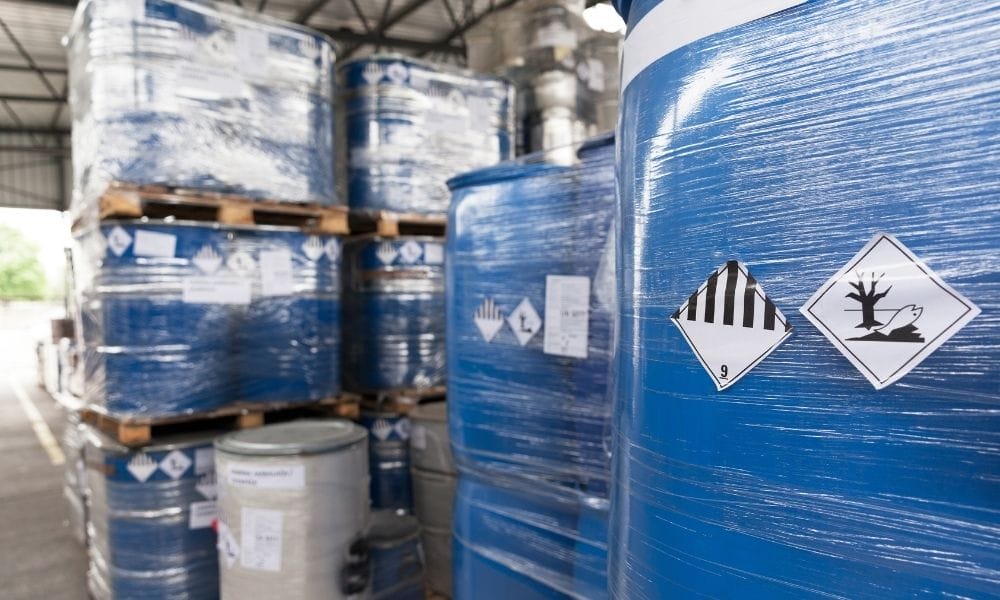Medical settings expose health-care professionals to a wide range of risks, including biohazardous waste. Whether you’re operating a hospital or a research facility, it’s important to remind your employees about these harmful materials and how to avoid them. So what are some examples of biohazardous waste that health-care professionals should be aware of? Read on to learn more.
Infectious Waste
If your employees frequently care for patients in person, they’ll likely come in contact with some form of infectious waste. Infectious waste refers to waste—such as needles, IV tubing, and personal protective equipment (PPE)—that has come in contact with someone’s bodily fluids, including blood and saliva. Bodily fluids can transmit diseases from the infected to the medical provider, so knowing how to recognize this type of waste is essential.
Pathological Waste
People working in surgical departments or performing autopsies will often experience exposure to pathological waste. This type of waste includes any kind of human or animal tissue, such as organs, limbs, and bodily fluids. Like infectious waste, pathological waste can transmit harmful diseases to other people if not properly disposed of. The risks are even higher if you’re handling tissues that have undergone chemotherapy.
Microbiological Waste
Medical laboratory employees might not come face-to-face with patients, but they still come in contact with hazardous substances. Microbiological waste is most common in research facilities, and your lab technicians need to know how to identify it. Laboratory items such as Petri dishes and other instruments that come in contact with infectious specimens have proper disposal techniques to which professionals must adhere in order to protect themselves from harm.
Contaminated Tool Waste
Any tools that health-care providers use on patients are hazardous wastes. These tools include face masks, gloves, gauze, and anything that might have blood or other bodily fluids on them. Since these instruments can put your employees at risk, it’s important to choose a waste service that offers lab packing. This way, your facility can rest easy knowing that these potentially harmful materials won’t harm any humans or the environment during disposal.
Everyone within your health-care business should know how to recognize examples of hazardous waste. Offering training refreshers and prioritizing safety will ensure that everyone handles these materials with care and follows all essential regulations.








